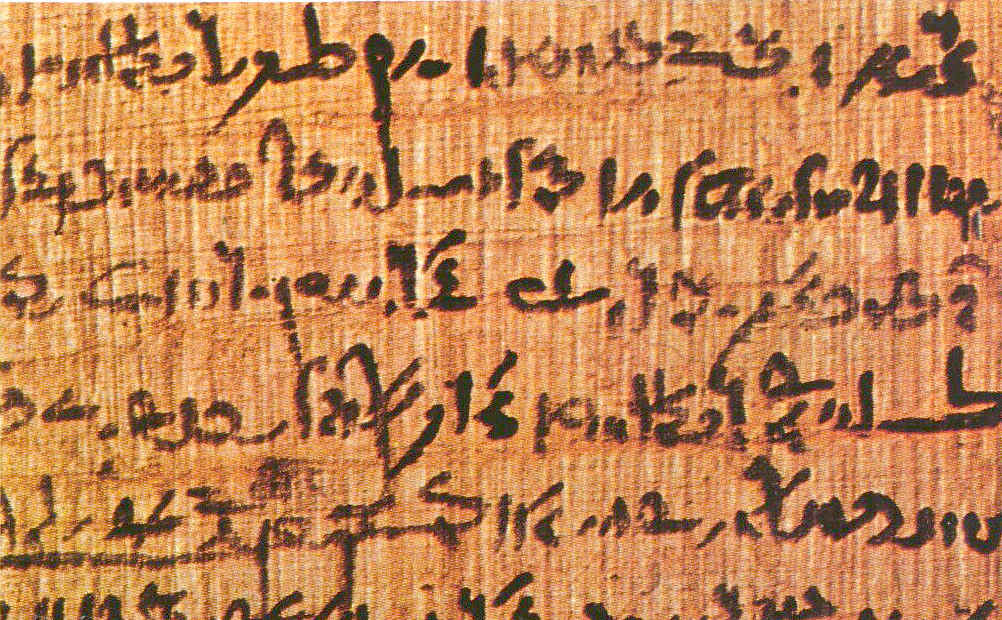Bookstores in America are seeing a revival, with creative marketing and social media playing a role. Yet, the real draw remains the joy of exploring shelves, a pleasure that dates back to the ancient Romans. In those times, books were central to Roman culture, especially within the urban elite who prided themselves on their literary education.
Roman book culture was vibrant, with texts inscribed across the city and an array of public and private libraries. The book trade evolved from humble beginnings to a bustling market, experimenting with forms like scrolls and codices, the latter becoming popular thanks to Christian influence. Today, echoes of this literary legacy linger in how we engage with books.
Key Takeaways
- American bookstores are enjoying a resurgence.
- The Roman book trade set the stage for modern publishing.
- Ancient Roman book culture revolved around scrolls and codices.
The Comeback of U.S. Bookshops
American bookstores are making a strong return. This change is partly because of creative marketing strategies and the influence of “book talk” on social media. The main reason people are returning to bookstores, though, is the enjoyment of exploring shelves and finding new reads.
It’s interesting to note that finding joy in browsing books is not new. Long ago, in the Roman Empire, only a small number of people could read, but urban men usually had some basic reading skills. The Roman elite valued literature and filled their cities with texts, including inscribed texts on tombs, arches, and forums.
In ancient Rome, public libraries were attached to important buildings like temples and baths. Private libraries were also common among the wealthy, who displayed their book collections in elaborately designed rooms. These books were mostly papyrus scrolls, which varied in length and contained continuous text with minimal punctuation. Over time, these scrolls were replaced by books, or codices, which gained popularity particularly due to Christian communities.
The Roman book market was still developing during the late Republic. By the early imperial era, Rome had established bookstores that sold a wide range of texts. Books were created by copying texts, and the book trade was an important part of Roman culture. Although the book trade declined after the fall of the Roman Empire, many Roman literary works have survived and are still read today.
Bookstores today continue to thrive by creating engaging spaces where people can experience the simple pleasure of discovering new stories, much like the Romans did centuries ago.
The Roman Engagement with Texts
Reading and Writing in Ancient Rome
In ancient Rome, reading and writing were skills that not everyone had. It is estimated that only about 10% of the population was literate. Rural communities, slaves, and non-elite women had the lowest literacy rates. On the other hand, freeborn men living in cities were more likely to read and write, often just enough to manage basic tasks like keeping records. The Roman upper class placed a high value on education and surrounded themselves with written works. These texts were seen on tombs, statues, and public places, showcasing the importance of literacy among the elite.
The Importance of Libraries in Roman Culture
Libraries, both public and private, played a significant role in Roman society. Starting in the time of Emperor Augustus, Rome had many public libraries attached to important locations like the Temple of Apollo and the Forum of Trajan. These libraries housed collections of texts in both Latin and Greek. Private libraries were also common among the aristocracy, filled with shelves of rare books. The design of these libraries ranged from small rooms with simple shelves to large collections with thousands of scrolls. Books in the Roman world were typically made on papyrus scrolls. Though the codex, a bound book similar to what we use today, started to appear, scrolls remained dominant for a long time.
The Ancient Papyrus Rolls and Early Book Forms

Traits of Ancient Papyrus Rolls
In the Roman era, most literary texts were inscribed on papyrus rolls. This medium had a vertical size like that of a modern book, but rolled out to lengths from 10 to 50 feet. This range was roughly equal to 20 to 100 pages of printed content. The rolls were a continual stream of letters, lacking spaces between words and featuring limited punctuation. Extensive writings had to be divided since each unit of work occupied its own roll.
Shift to Early Book Forms
During the early Roman imperial era, a new book format known as the codex began to appear. Initially, it was used mainly for practical texts. By the end of the first century, Roman vendors experimented with selling books as travel versions. It wasn’t until the third and fourth centuries, especially influenced by the Christian community‘s preference, that codices started to replace papyrus scrolls on a broader scale.
The Transformation of the Roman Book Trade
The Beginnings of Book Markets from Athens and Alexandria to Rome
The Roman book trade owed much of its foundation to earlier markets in Athens and Alexandria. In Athens, there was an existing, though small, market for books, and Alexandria boasted a more substantial trade. Rome became a central hub for books as the trade developed further. Initially, the business was quite new, especially during the final years of the Roman Republic. At that time, Cicero often depended on his acquaintance Atticus, who used a team of skilled slave scribes to fill his library with texts.
Prominent Roman Bookshops and Their Owners
During the early imperial era, Rome was home to multiple well-established bookstores, such as ones called “ternāi librāri”. A bookstore owned by Atrectus was located in a prime area near Caesar’s Forum. Popular titles were advertised on painted pillars at these store entrances. Notably, many bookstore owners, including Atrectus, began their careers as slaves before becoming freedmen and entering the book trade. They would often have experience as scribes or librarians before venturing into the selling and publishing side of books.
How Books Were Published in Ancient Rome
Publishing books in Rome was a casual affair, lacking the formal processes seen in modern times. Most authors had financial support and did not depend on book sales for their livelihood. Some authors chose simply to recite their work in public spaces, while others shared copies with friends, expecting them to be passed around. Quintilian, for instance, had his work published by a bookseller named Trifon, who then handled sales. There was no copyright system, and authors received no royalties; instead, booksellers paid upfront for manuscripts and kept all profits from sales. Bookshops carried a variety of texts, from weighty treatises to light-hearted epigrams, catering to different tastes and budgets. Some shops even specialized in antique books, offering works that were centuries old.

Influence of Culture and Book Habits
Variety of Writings in Rome
In ancient Rome, there was a wide range of literature, displayed in many public and private libraries. These libraries often contained impressive collections with works in both Latin and Greek. Romans from various social classes engaged with literature. Urban residents, especially, had access to books and libraries. Libraries could be found even in places like the imperial baths. Books were mainly written on papyrus scrolls, but gradually, the codex became popular. Public libraries housed vast collections, and even private libraries boasted extensive materials. The Roman elite frequently showcased their literary sophistication by collecting significant texts.
Fame and Value of Ancient Texts
For the Roman elite, classic literature held enormous value. Works from the Augustan age, like Virgil’s “Aeneid,” gained widespread acclaim and often served as educational tools for young readers. This epic was a cornerstone text, similar to the Iliad in Greece. Although new works were continuously produced, none matched the celebrity of Virgil’s. Bookstores flourished in Rome, with popular titles advertised prominently. Sellers often stocked a diverse mix of texts, including everyday readings and luxury editions. Marshall’s lighter writings were available alongside more academic works by Quintilian. Though the book trade dwindled later, the prestige of classical works endured in Roman society.
The Fall of the Roman Book Market and its Effects
Reasons for the Deterioration
In ancient Rome, the book trade flourished for many years, supported by an educated elite. Publications mainly served the wealthy, as many Roman authors had affluent patrons to back their works. Book sellers, like Trifon, played a crucial role in distributing these texts, yet there were no copyrights or royalties involved. As these patrons faded away, the demand dwindled, and copying of secular texts slowed before coming to a stop. The decline in interest and support from the elite led to the deterioration of this once-thriving industry.
Existing Manuscripts and the Special Vatican Virgil
As the Roman book trade waned, few manuscripts survived the test of time. Among those that did, the Vatican Virgil stands out as a remarkable piece. Crafted around the 4th century, this edition of Virgil’s works was beautifully illustrated and written on quality parchment. It featured hundreds of illustrations, though only about one-sixth of the original pages remain today. This precious codex is one of the rare remnants from the era, showcasing the artistic and literary heritage of ancient Rome.
